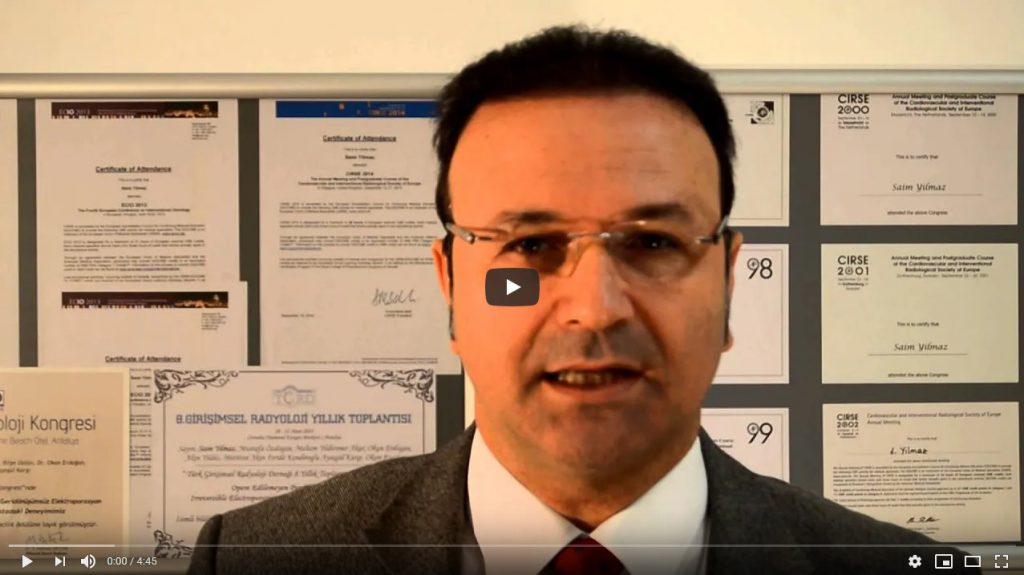The mediastinum is the region between the two lungs and contains the heart, thymus, great vessels, trachea, main bronchi, esophagus, lymph nodes and some important nerves. Diseases originating from the mediastinum, bronchi, esophagus and thymus, especially tumors, are common. In addition, cancers that metastasize to lymph nodes in this region, such as lymph node cancers (lymphoma), lung and head and neck tumors that cause enlargement of the lymph nodes, are also quite common.
Mediastinal masses can be biopsied in 3 ways: 1. Surgical biopsy (mediastinoscopy). 2. Bronchoscopic biopsy. 3. Percutaneous biopsy. In the surgical method, an incision is made in the lower part of the neck and a device called a mediastinoscope is entered into the mediastinal cavity and biopsies are taken. Surgical biopsy is an invasive procedure performed under general anesthesia and through an incision, and it may not be possible to biopsy some areas of the mediastinum. Bronchoscopic biopsy, on the other hand, is an ideal biopsy technique for masses adjacent to the trachea and main bronchi.
Although percutaneous biopsy is a very useful biopsy method in mediastinal masses, just like lung biopsy, it is a procedure that is reserved and applied in few centers. For this, as in lung biopsy, under local anesthesia and under the guidance of tomography, a guide needle is advanced to the target mass, and then many pieces are taken from the target mass by passing through this needle with a thinner cutting needle (coaxial system). In order not to cause a pneumothorax, the mediastinum can be expanded and lung tissue pushed aside, if necessary, by injecting fluid or air through the guide needle. Mediastinal biopsy can be done in several ways:

1-Transsternal approach: The sternum bone located in the anterior-middle of the chest wall is passed with a guide needle and multiple biopsies are taken from the target mass with a coaxial cutting needle. It is a safe biopsy method that is mostly applied in thymus or lymph node masses located in the anterior mediastinum, behind the sternum.

2-Parasternal approach: It is done by entering the tissues on the side, not inside the sternum bone. It is suitable for masses located in the anterior mediastinum but not in the middle.

3-Paravertebral approach: The guide needle reaches the target mass without entering the lung from the side of the spine and multiple biopsies are taken with the coaxial needle. It is a method frequently used in masses located mostly in the posterior mediastinum (tumors of lymph node, esophagus, trachea and main bronchi).

4-Transpulmonary approach: There is no risk of pneumothorax in transsternal, parasternal and paravertebral approaches as the needle does not usually pass through the lung. However, in some cases, it is not possible to reach the target audience with these approaches. In these cases, as a last resort, the mass is reached by crossing the lung (transpulmonary) and multiple biopsies are taken with the coaxial system. Since the pleura is perforated twice in the transpulmonary approach, the risk of pneumothorax is higher than in normal lung biopsy. However, in experienced hands, biopsy can be performed in the vast majority of cases without serious problems.


